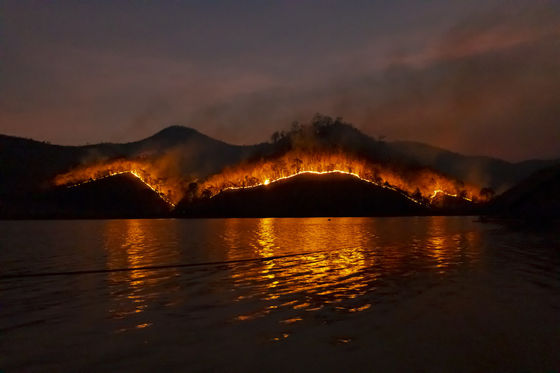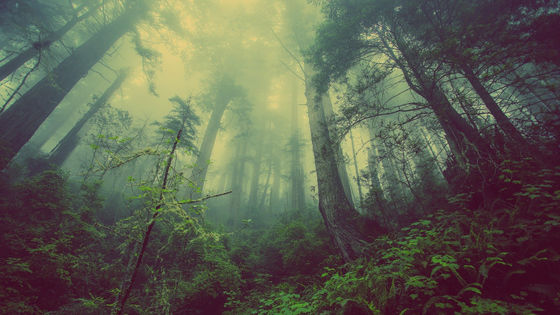Does 'burning fire', which burns flammable dead trees in advance, prevent forest fires?

The burn legacy: why the science on hazard reduction is contested
https://theconversation.com/the-burn-legacy-why-the-science-on-hazard-reduction-is-contested-132083
The Climate Council, a non-profit organization that provides climate change information to Australians, said in January 2020, `` Protecting human lives, assets and wildlife from large-scale fires, even with maximum prevention measures the impossible 'that the announcement was, what climate change is the cause of forest fires have complained that it is a problem.

Regarding the basis of Climate Counsil's claim, Professor Tolhurst pointed out that there are two conflicting theories that open burning, which is one of the measures against forest fires, is 'effective' and 'ineffective' in the first place. Climate Counsil criticized it for only the theory of 'ineffectiveness.'
Climate Counsil is based

Regarding this study, Professor Tolhurst commented, 'This paper is based on some assumptions and is not appropriate as a rationale for land management.' Professor Tolhurst pointed out that the paper in question only referred to 'the area where the fire broke out' and ignored 'firefight', which is an important factor in firefighting.
In addition, Professor Tolhurst's own

Professor Tolhurst also mentions a study that 'open burning is effective against wildfires.' The study, published in 2009 by the Australian Center for Forest and Fire Research , analyzes fire records from forests in southwestern Australia for approximately 52 years. The study concluded that although burning less than 4% of the forest would be less effective, burning would reduce fire rates.
Regarding the discrepancy between the results of the 2015 study and the results of 2009, Professor Tolhurst said that the 2015 study did not take into account the fire force and that the 2015 study covered 2% of the forest He pointed out that he was burning only. The Climate Council said that we should look at scientific research with a broader perspective.
Professor Tolhurst, with the Climate Council as a teacher, based on research that discussed only the area of forest fires, improved the recovery of ecosystems, reduced the number and extent of forest fires, affected the human body, economic loss Argue that the conclusions must be made after considering all the broad factors, such as social impacts.
Related Posts:
in Note, Posted by darkhorse_log







